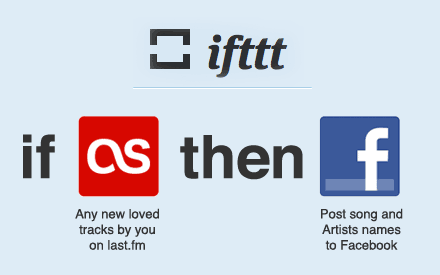As a web designer/developer, one of the most common things I get asked to do during web projects is to integrate social networking platforms (Facebook, Twitter ect..) into a websites design and build. At some points it almost seems like it’s the new web 2.0 trend all over again, as even websites for your pet cat have to link to their social network accounts (because cats are well known for their ability to update their FB status, obviously)!
But while just like the pustular, cancerous growth, that was the web 2.0 trend, this is certainly not a good thing, I actually think that the web is in the midst of some sort of natural development. Right now, the focus might well be largely on social networking, but eventually I predict that it will reach a stage where that will just be an underlying layer to everything that is done on the web.
Another positive point worth mentioning is how we’re also starting to see some of these social tools used for larger purposes than just updating the world on what you had for breakfast (Croissants drizzled with honey if you’re interested) – Facebook now has things like the Folding@home plugin, and both Facebook and Twitter have been used as communication platforms in organising revolutions, for example — I think we’ve only just started to touch the tip of a very large iceberg there.
For me one of the most interesting developments to appear in social networking recently is ifttt.com as it lets users create simple tasks that can greatly extend existing social networking sites functionality while also helping to merge the services that the user/s personally use.

Another thing I’d like to point your attention towards is a little Javascript plug-in called socialite-js which handles the activation of sharing buttons for you. All you need to do is write the default element any way you care and then activate it with Socialite, any time you wish!
The benefit of using this script is that you can provide more accessible defaults for each button. So instead of Facebook’s empty <div>, or LinkedIn’s empty <script>, you can have a friendly link to the alternate sharing URLs.
They’re both well worth checking out, if you can drag yourself away from your “Latest News” feed for a micro-second!